As I go through old gear, old images from past projects, and reading old books trying to reclaim lessons learned long ago, I found an interesting pile of information. Recent bits of information reminded me that nothing stays the same, one of those arrived when I was researching pistol stocks we’d gotten a short 20 years ago, and there was a reminder from a shooting master long gone.
The first bit is that the gear we had ain’t the gear we got. I saw an ad a few days ago from Bushmaster Firearms about the Patrolman’s Carbine. I’m from the era of “M4-geries,” guns that lacked the reliability and utility package of legit duty carbines.
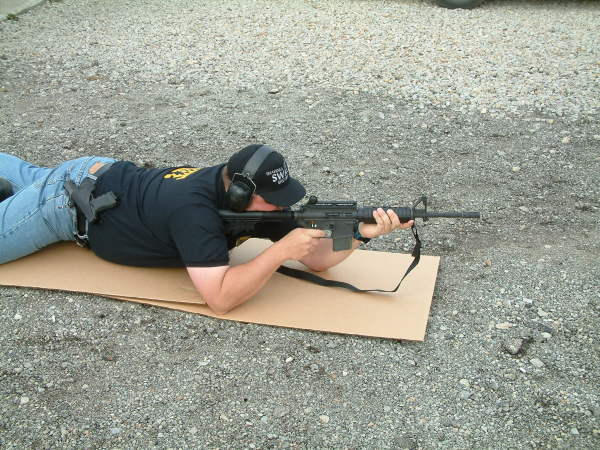
So what do I note in the ad? They tout the F-marked front sight base. That’s handy if the gun you’re using lacks the carry handle and you’re using backup irons; you can zero the gun without getting the higher front sight post from the factory. Legit M4s had that feature; duty-class carbines did too, but in those old days, Bushmaster didn’t.
Looks like they do now.
The barrel, they say, is a 1:7” twist rate, not the 1:9” they used to use. They list other improvements, but you get the idea. And I’m all for it.
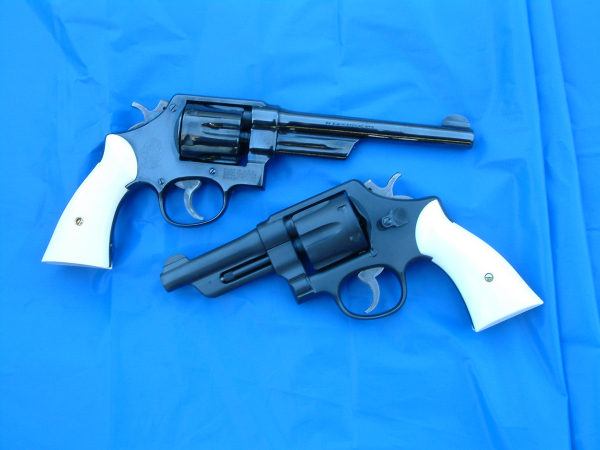

AJAX Custom Grips, a company that made sometimes strangely rendered grips that required some fitting, went out of business (it’s said on the various forums). Shooting pard Mike Rafferty and I made good use of a few pairs of their products. He snagged two sets of N-Frame square butt “Magna-“ style stocks that appeared to be of ivory – but are composed of some polymer material. I found the set I had didn’t fit well on my gun and he had the same problem. We swapped and they fit the different revolvers without use of files or sandpaper!
Good times.
If you’re in the market, there are some “new” AJAX replacement stocks on one of the larger sales/auction sites – I’m sure you know which one. If not, using a privacy-centered search engine with the words “Ajax Custom Grips” will get you there, if you want to take the chance.
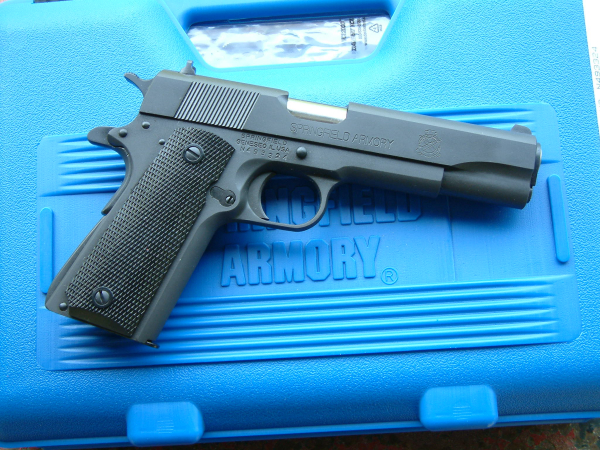
From 2005, the Springfield Armory 1911A1 Mil-Spec, stock number PB9108L, was marked “IMBEL,” made in Brazil. The military-style parkerized finish feels slightly abrasive in my hand. It’s not a shiny, bright blue. The gun shipped in a blue plastic box with one magazine. The rear sight is the older style “Micro” fixed rear sight, dovetailed, with a pair of white dots one on each side of the rear sight notch – that a black Sharpie remediated. It’s higher than the military standard rear sight and is quite visible. The front sight is a staked post with a dot. The stocks were checkered plastic.
The current product closest to this gun is stock number PBD9108L – not sure what the added “D” reflects (perhaps the change from “GI” plastic stocks to wood), but I’m getting the old Brazilian 1911 out for a little target work.
Stay tuned.
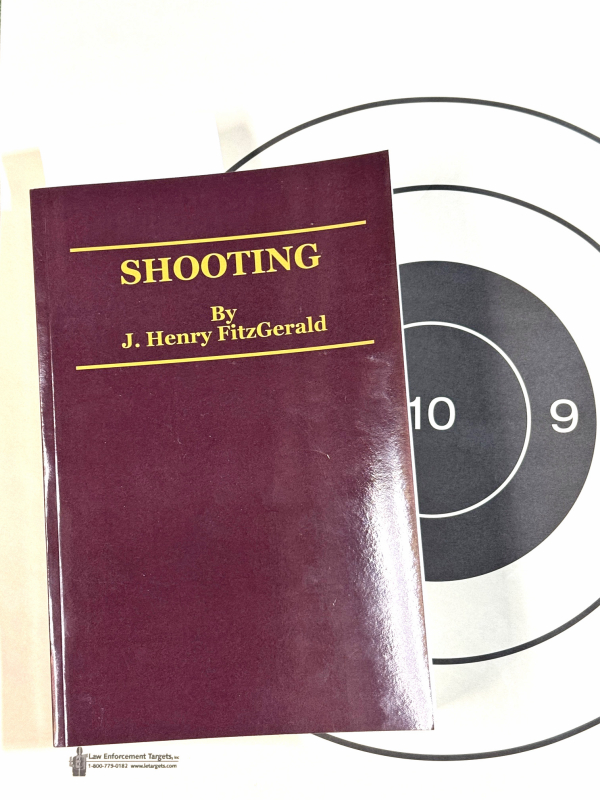
Going back to the text Shooting by John Henry Fitzgerald, I wanted to see if I could find some aspects of handgun target shooting I could work on to attempt to improve. For those who came in late, he was a member of NY State Police and a Colt armorer and professional shooter. This was in the early-mid 20th Century, when advancement in precision pistol shooting was just taking off.
The guns and ammo were better from around 1920-1940 than at any time in previous human history and people like Fitz sought to bring the human factor up into line with the mechanical capabilities of the arms.
It worked.
He found that taking the 20-yard target and beginning at 12 yards was helpful for new shooters. It obviously demonstrates early success while being far enough to acquire some teachable moments. In the current era, a B-8 repair center and fifteen yards would seem to put you where you need to be as far as being of some challenge while not being impossible.
It’s easy to gain success closer, then move back and start again, then to start at distance and get discouraged. It’s a lesson we need to relearn.
If the shooter is having issues with slow fire, moving on to timed- and rapid-fire is of little use. While some of us find timed fire easier than slow fire (it’s that short attention span, perhaps), the general rule is to fire a single accurate shot – then repeat that process four more times.
Grip and stance are critical in this shooting game. It’s a balance between firm hold, solid stance and being relaxed. There’s a blend of both in precision target work.
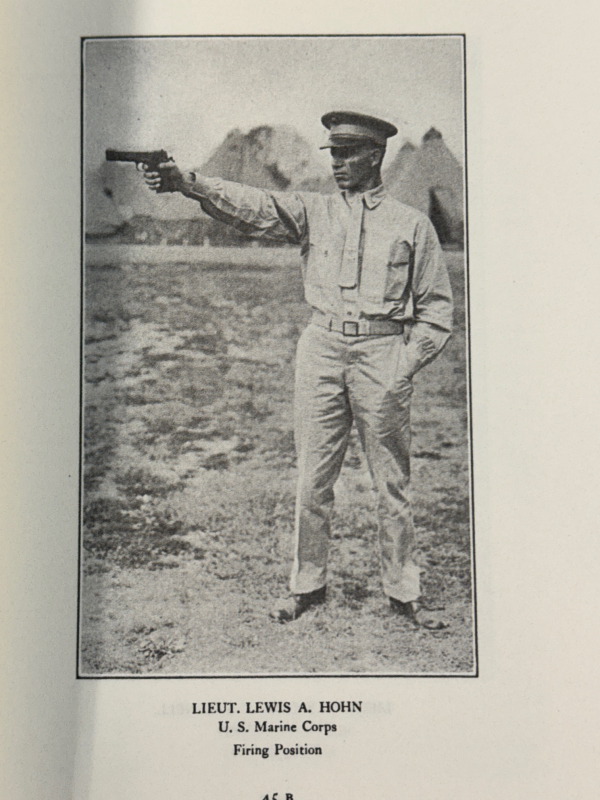
He mentions the 22 autoloader as the best trainer, in that era of the DA revolver for serious work and for hunting. There’s less for the shooter to do as five hits are made with a low-noise, light recoiling, self-feeding pistol than with a match revolver of any caliber.
For Fitzgerald, a shooter hitting 95% consistently means it’s time to move back. Once that success is made at distance, add the clock – crawl, walk, run.
Once there’s success at slow fire, put your shooter (you, if you’re self-taught) on the clock for thirty seconds for five accurate shots. Don’t shoot faster than you can hit.
At 95%, in time, cut it to twenty seconds and then to 10 seconds for five accurate hits.
Keep a log to chart your progress.
As he notes, precision handgun shooting is an activity requiring focus. You can leave behind news of the day and other stressors, and live in grip-sights-trigger.
Enjoy it.
— Rich Grassi